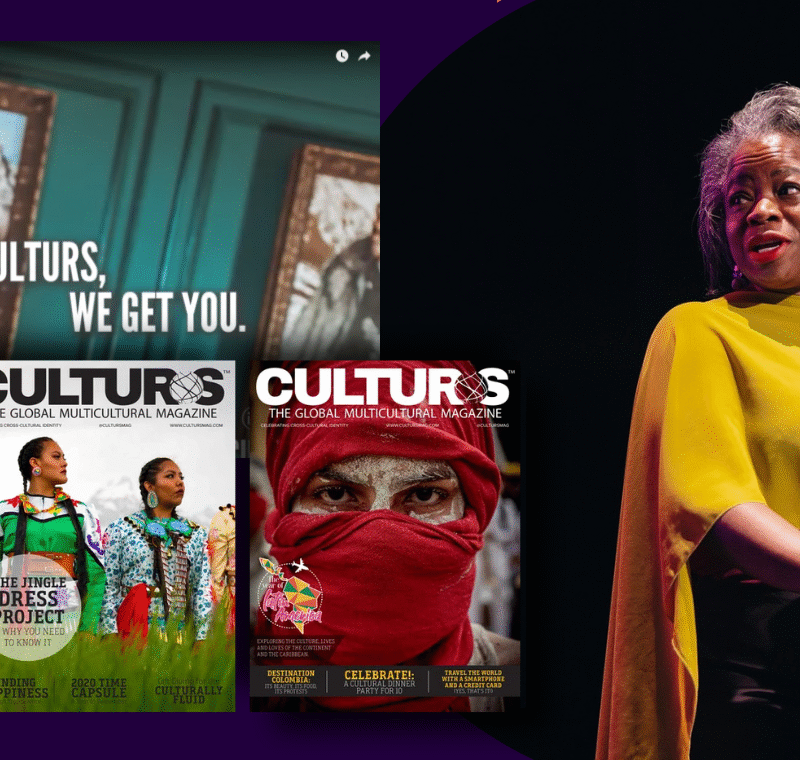The current generation of internet leaders is growing more rapidly than previous leaders. Uber is growing faster than eBay and online shopping mall
JD.com faster than Amazon.com. On top of this internet leaders such as Apple, Google, Amazon and Alibaba are big, staying aggressive and are flush with cash. Yet, warns Mary Meeker, partner at Silicon Valley venture capital giant Kleiner Perkins Caufield & Byers, “the easy growth is behind us!”
The former Wall Street securities analyst casts her view over the global environment to set the scene for future internet growth. The reality is that the global economy is slowing down, emerging markets decelerating, government depts rising, interest rates declining, population growth slowing as the populace age and continents are left with smaller labour forces.
Against this background the global growth of internet usage remains flat at nine per cent year on year (three billion total users). In fact, internet usage can be seen as decelerating should one exclude India where growth is 40 per cent, boosting India past the US to second largest internet user behind China. Even more significantly is that mobile usage is slowing with mobile phone shipments down dramatically.
She says new internet users are going to continue to be hard to find because the new markets are in underdeveloped, less developed and less affluent. The fact is that in many countries a smartphone is a material cost of capital income.
“The net of this is that the current global environment creates higher risk for everyone but it also creates opportunities for businesses that can innovate and increase efficiency. Lower prices create jobs and as we all know, the internet can be at the core of this.”
Online advertising, commerce and brands
Meeker says online advertising, commerce and brand trends are developing fast. Mobile, majors and newcomers continue “to crank away” as US internet advertising growth is accelerating at 20 per cent vs 16 per cent last year. But “online advertising ethicasy still has a long way to go” she says.
“Google has proven that online advertising works, but many online ads – especially video ads – are ineffective. It is relevant to note that:
- 81 per cent of users mute video ads;
- 62 per cent of users are annoyed with or put off by the brand forcing pre-roll viewing; and
- 92 per cent of users consider using ad blocking software (420 million users in the world already use ad blocking software for mobile devices with the majority of this happening in Indonesia, India and China)
But there are ways to make video ads work if they are authentic, entertaining, evoke emotion, personal, useful, viewer controllable, work with the sound off and non-interruptive format. Proof of this are the recent 10 second video adverts by Spotify and Furious 7, which had 26 million and 14 million views on Snapchat respectively.
Commerce and brands are evolving rapidly. The changes are initiated by, and for, the internet generation. Each generation has different core values and expectations that are shaped by events in their lifetime. Millennials, as an example, tend to be more global, more optimistic and more tolerant, according to research by Acosta. They are also more urban, diverse… and single.
Meeker stresses that marketing channels evolve with time and are shaped by the evolution of technology and the media. Each new marketing channel has grown faster than the previous one. As example she references how the internet monetised faster than television, and television faster than radio.
The same argument goes for retailing channels, which changes as a result of evolution of technology and distribution platforms. The evolution of commerce in the US, as an example, has evolved from stores, to more stores, to malls and now e-commerce. Currently it is clear that millennials are impacting retail. They are 27 per cent of the population and their spending power should rise significantly in the next 10 to 20 years.
That means that retailers have to acknowledge that technology, the media and distribution channels are intertwined. The new normal is that companies drive transaction volume, collect and use data and then launch new products, which are often a private labels. “Products become brands, brands become retailers and then retailers become products and brands. Physical retailers become digital retailers, digital retailers become data optimised physical retailers.”
It is the internet that enabled retailers, products and brands to rise, bolstered by always-on connectivity, hyper-targeted marketing, images as well as personalisation.
The future of communication
Meeker says communication should be re-evaluated within the context of social platforms where video, images and messaging has taken center stage. Video viewing has evolved from live linear viewing TV, to on-demand TV, semi live viewing like Snapchat stories and real-live viewing such Periscope and Facebook Live.
Smartphone usage increasingly involve the camera combined with creativity for sharing messages. Snapchat is a trifective (three times effective) medium offering communication, video and platform. It started with personal stories, moved to personal and professional live stories to professional stories with Discover.
On these platforms advertisers and brands are finding their way into camera-based storytelling. Brand filters are integrated into Snapchat snaps by users, which is often geo-fenced. She references the World AIDS Day “Join the Fight” effort on Snapchat last year that received 76 million views.
Real-live viewing – such as Facebook Live and Periscope – is a new paradigm.This year will be a milestone for live streaming on social networks with the National Football League broadcasting live on Twitter. The view is to create a complete sports viewing platform, including live broadcast with analyses, scores, replays, notifications and all the social media tools.
Marketers are discovering the power to monetising on images. Image-based platforms like Pinterest are now often used to find products and for shopping. Buy and sell platforms like OfferUp show high and rising engagement and are often used for commerce. “OfferUp is ramping faster than eBay did.”
Messaging applications are also evolving faster and faster. It has moved from simple social conversations to more expressive communication to business-related conversations. It’s an expansion of usage from social to services and has now opened up platforms for conversational commerce where people find products and transact with messaging apps.
Human and computer interaction
Recent developments in voice interface with computers has at last made this prospect viable. It’s fast, easy and personalised, and keyboard free. “As speech recognition goes from 95 per cent to 99 per cent, all of us will go from barely using it today to using it all the time. 99 per cent is the game changer. Interface will change from keyboards to microphones.” Google search queries is already op 35 times since 2008 and will continue to grow.
She says by 2020, 50 per cent of all searches could be voice searches. In the context of online shopping it’s interesting to note that while iPhone sales dropped for the first time in a decade this year, Amazon Echo sales continue to climb.
Meeker also touched on how advancements in automotive technology could influence human interface with technology. Connected cars are already of interest with Apple and Google competing to become connectivity partners with autonomous vehicles, which presents opportunities for customer engagement and entertainment. With or without self-driving cars, looking at the rapid growth of Uber, one can already ask which seat is the most important in a car? Is it the front or the back seat? she asks. Interestingly time spent on Facebook and Spotify per day is exactly the same as the average commute time in the US.
Half of surveyed millennials say they expect their vehicle’s technology to be able to do everything that their smartphone can.
Global technology outlook
Meeker says while there are currently pockets of internet companies that are overvalued, there are also companies that are undervalued. Overall, she predicts, very few companies will win the challenge to turn opportunity into growth but those who do, will stand to win big.
Download the Mary Meeker report: Internet Trends 2016
More like this
Six takeaways from Mary Meeker’s must-read report
Why Internet users abandon digital videos
Chart of the week: Internet privacy is a major concern worldwide







